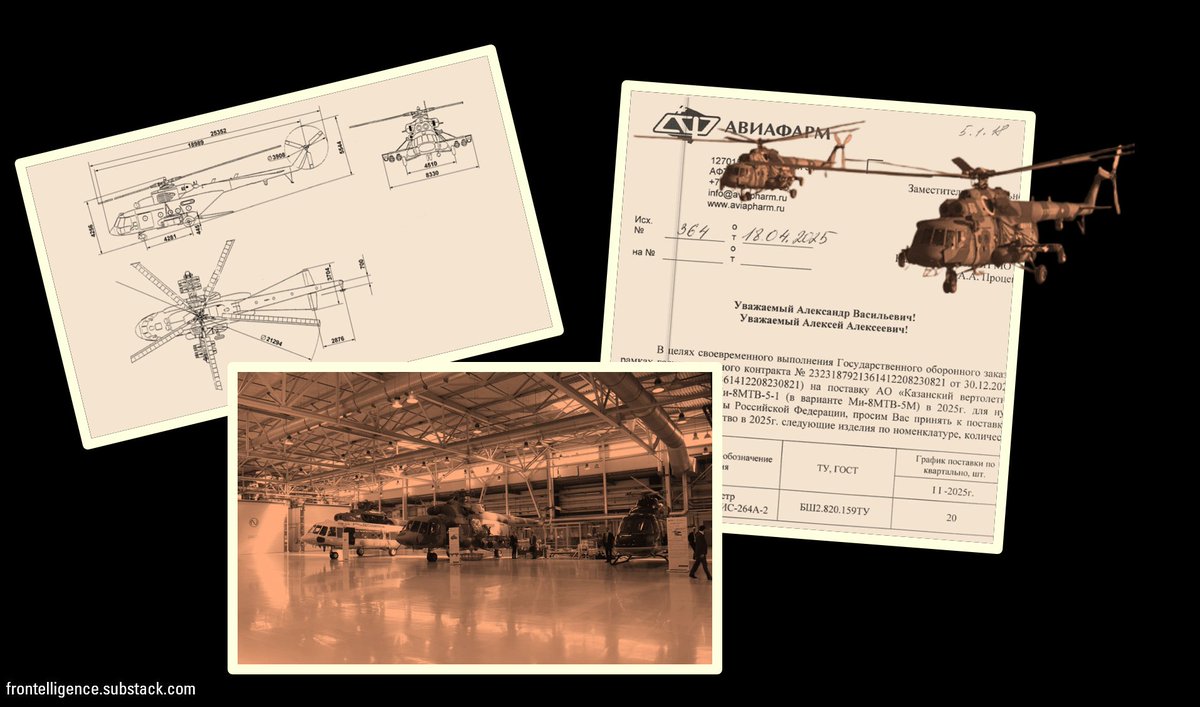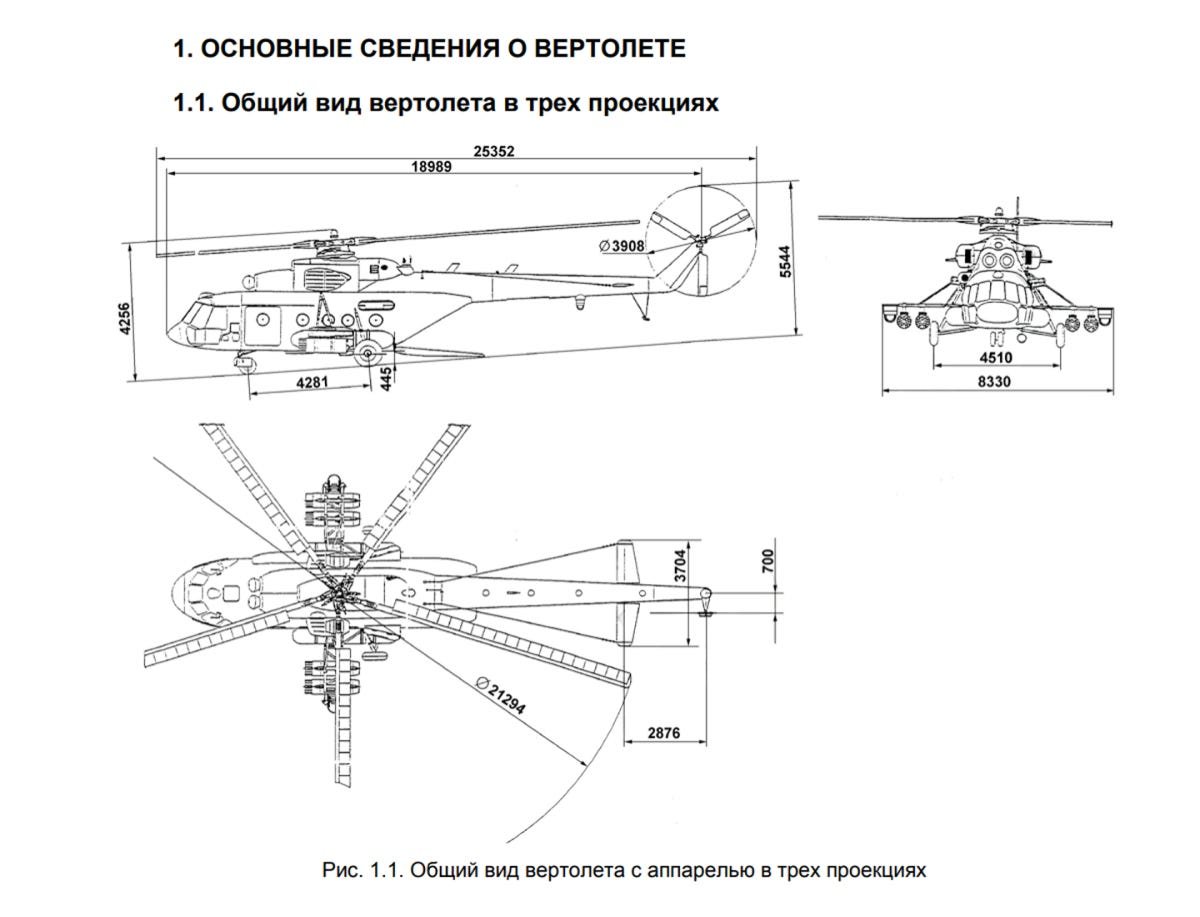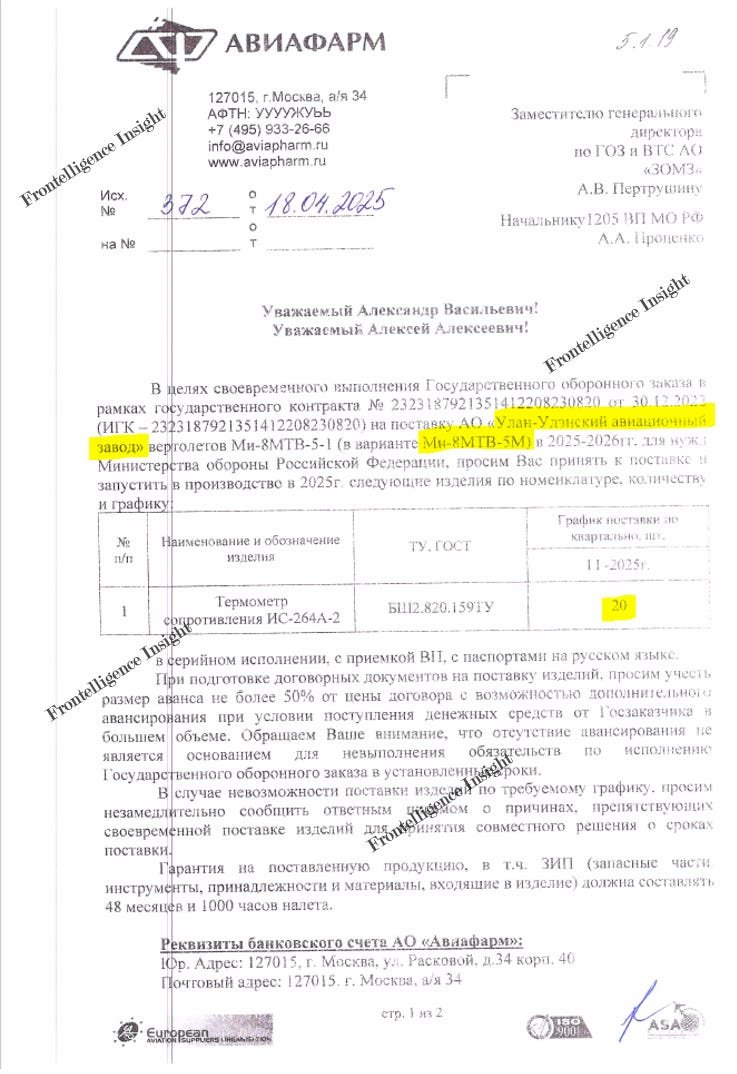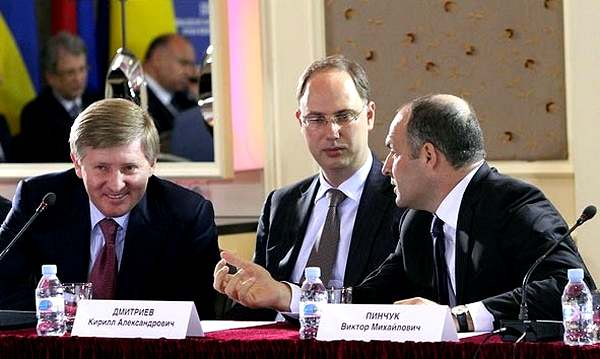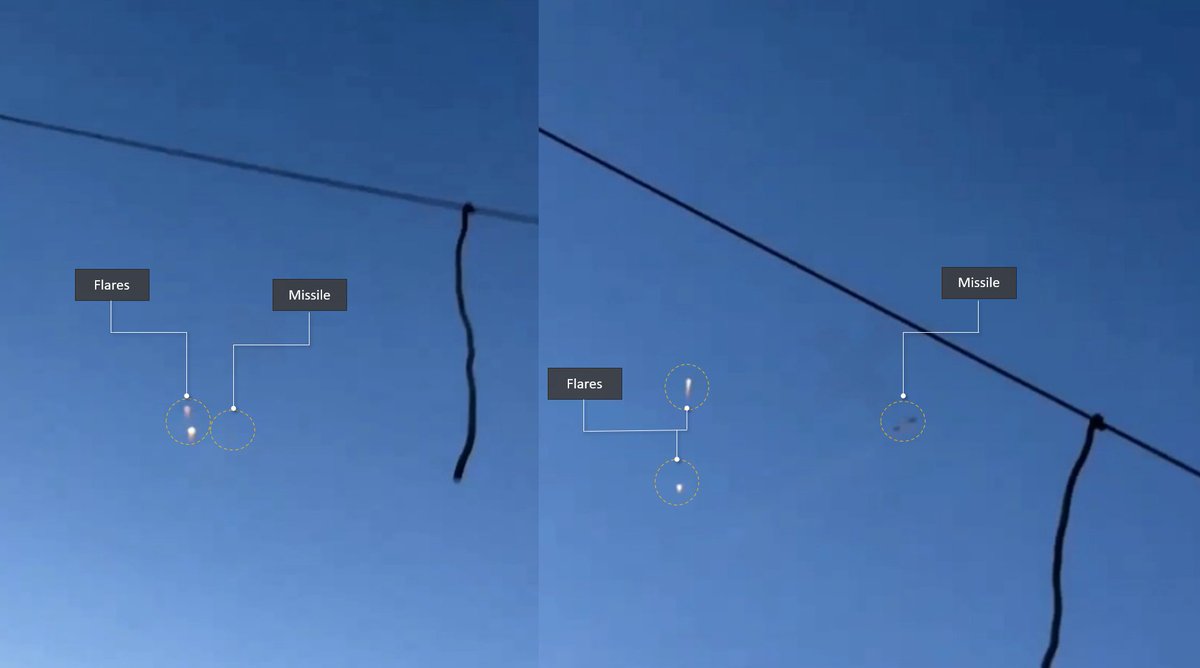Frontelligence Insight tracked logistical routes between Russia and North Korea, calculated delivery numbers, and identified storage points. We are disclosing North Korea’s ammo transport ecosystem – and revealing some of its crucial nodes for the first time.
🧵Thread:
🧵Thread:

2/ Frontelligence Insight has estimated the number of ammunition deliveries between September and December to be approximately 1.57 million artillery shells, combining 152mm and 122mm ammo. 

3/ Evident from recent imagery, since October 2023, 20 ft shipping containers filled with ammunition are loaded onto sea vessels at Raijin port (Rason) and shipped to Dunai port near Vladivostok in Russia’s far east. 

4/ Ammo shipments from North Korea in 2024 are observed in January imagery. Containers offloaded at Dunai port are transported by trucks to the port's railroad branch. Russians then load these containers onto trains for transportation across Russia to locations near Ukraine. 

5/ Upon arrival in Russia, the artillery ammo in containers is directed to at least three identified locations where Russians store and distribute it:
- Tikhoretsk ammunition storage
- Mozdok ammunition storage
- Yegorlykskaya airfield
- Tikhoretsk ammunition storage
- Mozdok ammunition storage
- Yegorlykskaya airfield
6/ The Tikhoretsk ammo depot in Rostov Oblast, serves as a consistent artillery ammo storage during the war. Satellite imagery from mid-August 2023 shows Russians preparing revetments for storage, with documented arrivals of 20 ft cargo containers by September 

7/ Unlike the Tikhoretsk ammo depot, Mozdok is over 600 km away from the Ukrainian border, making immediate delivery of ammo to the frontlines unlikely. It might potentially function as storage for ballistic missiles used against Ukraine on December 30, 2023, and January 2, 2024 

8/ The Frontelligence Insight team analyzed satellite imagery of the area, determining that the initial shipments arrived at Mozdok in early October 2023. Like the Tikhoretsk ammo depot, containers are transported via trains and subsequently unloaded near the ammunition site. 

9/ Yegorlykskaya airfield
Yegorlykskaya, a small rural town in Rostov Oblast, about 90 km from the Tikhoretsk Ammo Depot, discreetly serves as an additional ammunition storage site. Unlike other known locations, Yegorlykskaya has no previous associations with ammo storage
Yegorlykskaya, a small rural town in Rostov Oblast, about 90 km from the Tikhoretsk Ammo Depot, discreetly serves as an additional ammunition storage site. Unlike other known locations, Yegorlykskaya has no previous associations with ammo storage

10/ By October, objects resembling crates and containers began to appear in the area. The timeline, discreet location near the railroad, and the appearance of objects resembling containers in revetments strongly indicate that this location is likely associated with ammo logistics 

11/ After arriving at the designated locations, the ammunition is transported using civilian and military trucks. The destination includes specific military units or temporary makeshift ammo dumps approximately halfway to the intended unit.
12/ Given that Russia produced approximately 2 million artillery rounds in 2023 and received approximately 1.57 million rounds from North Korea, it’s likely that Russia will continue to increase its domestic production while covering current needs through foreign deliveries
13/ While these numbers may not enable Russia to use artillery as extensively as in 2022, they still provide Russia with an artillery firepower advantage when considering the Ukrainian ammo situation.
14/ Kindly like and share the first message of our thread. Consider supporting us through BuyMeaCoffee, as our expenses rely solely on your public support, and maintaining quality without financing is still challenging for us. Thank youbuymeacoffee.com/frontelligence
• • •
Missing some Tweet in this thread? You can try to
force a refresh




